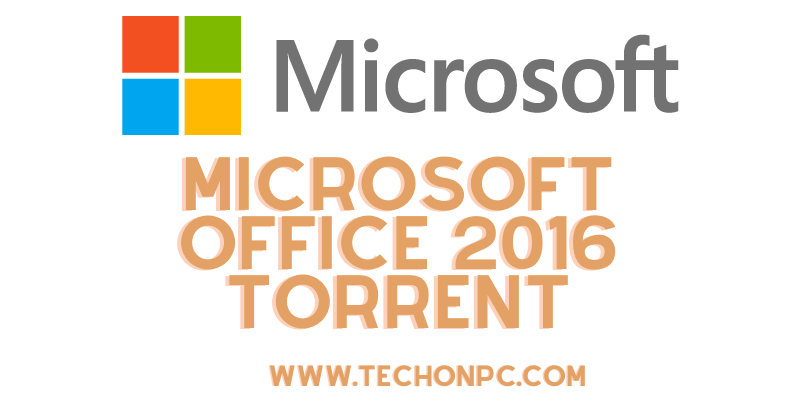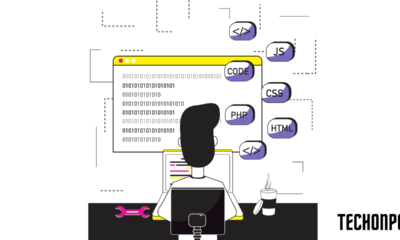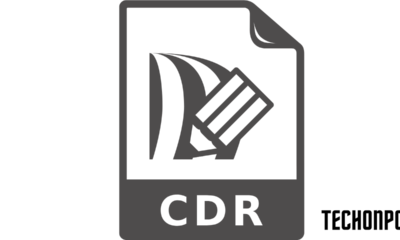Business
A Definitive Guide on Master Data Management (MDM) for 2022 & Beyond
Published
2 years agoon
By
techonpc
Master Data Management (MDM) credencys.com
In your business, one of the toughest challenging tasks you might be facing is managing critical business data. If you don’t manage your critical business data in a proper way your business will become redundant before you blink. Managing business data is important in all levels of business; be it the beginning stage of business or the optimal level of business.
Now, why would you prefer to make your business rely on experts or outsiders when you can take the help of appropriate tools? Data is a creative and valuable asset for any business, the management of data is a must.
What is Master Data Management (MDM) and Why it is Important?
Master Data Management Solution is a discipline that creates a master record of all critical business data. MDM collects data from internal and external sources and compiles those data in a single master record so that information becomes consistent and error-free.
This single point of reference, MDM, is a collaboration of business data and Information technology. MDM produces core data for business so that business stands minimal chances for making mistakes and losing data. You need MDM for Managing customer information, transaction records, and location-wise detail.
Importance of MDM
When you have multiple records of data, management of data will become an unwanted burden. MDM can make the usage of your data more joyful. MDM is important because it is a single source of data that provides high-quality data for your business operations. It also increases data efficiency and accuracy with minimal costs.
MDM System is not only a single source of data but it also cleans the duplicated data, transforms accurate data across the organization, integrates data, and generates accurate data for your organization. MDM provides core data of products of your business around which your business revolves.
MDM Best Practice
Gathering data is of no use if you can’t sort and interpret data easily. Data harmonization is equally important as data consolidation. If you are a beginner in managing critical data, then I have taken the liberty to perform research of best MDM Practices for your convenience, which are;
An object of Master Data:
Multiple data of different systems needs to be consolidating for a smooth business process. The object of MDM is to make master data consistent and maintain it accurately so that the ultimate goal of business can be achieved.
Data Harmonization:
MDM maintains the data of products and their dependent products on a single platform. You can search for a detailed description of the product from MDM as and when needed. You can use the content of the product from the linked system.
Dismiss Duplication:
With MDM you can identify data of products across the linked systems and also clean duplicate product information. The unstructured data of products or duplicate data of products is not going to be useful for organizations.
Classification of Data:
MDM also classifies the data so that those who are concerned with particular data of product can have access to it. When one department can have client-specified data with accuracy, then why need to stuff them with the burden of other data.
Synchronization:
MDM synchronizes master data with workflow. The synchronization of master data across the entire organization ensures high-quality data without any interruptions. You will not ever have to wait for consistent-filtered data to use when you have MDM.
Distribution:
Another great practice of MDM is the distribution of master data to an individual’s requirement. Your internal or external individuals want to have access to master data to carry out their roles; MDM distributes the data to departments flawlessly.
Seamless Workflow:
When departments have access to accurate and rich product information, they can carry out their responsibilities without any interruptions. Work without any interruptions will lead to a seamless workflow.
Benefits of Master Data Management (MDM)
For converting data into useful knowledge, MDM is used and the significant benefits of MDM are;
Eliminating Redundancy
Redundancy is inevitable when you have to maintain a customer’s specific information. One of the outstanding benefits of MDM is that it eliminates the chances of redundancy by removing unnecessary data and makes a central location for specific data. MDM eliminates unused and unstructured data so that the system is stored with relevant data for business.
Modification of Data
Your business will face catastrophic effects if the modification of data remains isolated from concerned departments. MDM not only generates consistent data but also enables master data edits, which will be informed to every location of data. Without MDM your traditional data management will make modifications in data without informing concerned departments and that will lead to conflicts.
Effective Data Analysis
Un-coherent and irrelevant data will lead to misinterpretation of data, which is of no use. The misinterpretation of data will lead you to wrong decisions. With MDM you can make an informed decision with reliable data and can analyze the data impeccably. Effective data analysis can clear your business vision and will help you in achieving your business goals.
Reliable and Consistent Data
For seamless workflow, you need authoritative information and consistent data. MDM generates Authoritative data and consistent data that act as reliable information for conducting business operations. Consistent data removes the confusion between inter-departments as MDM plays a vital role in distributing consistent information.
Access Based On Roles
MDM stores the data on a single source of the platform so that it becomes easier for businesses to have access to data as and when needed. You might worry about your data confidentiality with the transparency of MDM. You need not worry as MDM is transparent yet opaque; as it gives access to specific data to a specific person. Based on the job role, MDM gives data access.
Business Efficiency
With MDM, data flexibility is greater than any other data management. The flexibility of consistent and reliable data increases business efficiency for carrying out business operations. With increased business efficiency you will have more loyal customers towards your business. MDM also enables you to have an easy backup of your important loss-data.
Five Market Trends in Master Data Management
MDM is coping up with the digitalization and acceleration of cloud applications. Some key market trends in the MDM are as below;
Automation:
To avoid confusion and to work more effortlessly, the business seeks automation. Automation for data includes suggestions of duplication data or suggestions of improvement of data quality. MDM has two purposes to serve: to provide high-quality data and to become more efficient.
The need of artificial intelligence and trending times are going to need business automation in the future. Higher automation of data and high-quality data can execute many business goals of the business. To get better support and enhance more data, automation of data is a must.
MDM In Cloud:
Integration of data becomes much easier with MDM in the cloud. Cloud MDM has overpowered on-premise solutions. Every business seeks a cloud solution for center data. It enables you to have trusted data in a computer environment. MDM in the cloud provides data extensity, scalability of the business and is a flexible model for data.
Every business prefers a cloud solution to an on-site solution, as the former provides more convenience and the same benefits as the latter.
Multi-Domain:
Your business must require information from multiple domains. The existing structure will expand with the growing needs of the business. The increase in demand and multiple information need a multi-domain platform. The connection of multi-information with the multi-domain approach is far easier than the traditional approach.
360 Degree View:
360 Degree view keeps different information on one single master data. The 360-degree view brings together specific master-data, transactional data, and analytics data. 360 Degree view on MDM keeps users updated with data. It improves the efficiency of the customer and procurement process.
360 Degree View in MDM gives a single view of operational data, transactional data, and discovers possible relationships with customers.
Application Data Management:
Application Data Management is a combination of applications and Master data management. When transactional data is single handedly used in the same environment, then the need for Application Data Management is a must.
With Flexible control, businesses are designed to control and carry out complex tasks. Application data’s importance is equal to high-quality data. MDM provides solutions for enterprise-level needs and across different systems.
Concluding with:
For the management of unstructured data, for the management of multiple data, and high-quality data, MDM is a must. Your business does not stand a chance to compete with other businesses if you don’t have reliable and consistent data to make an informed decision for your business.
The trending market does not have also pushed the need for MDM. There are many direct and indirect benefits of MDM, which you or your business can avoid. To cope up with global changes and to lead the race of competition, you need Master Data Management.
Follow Me

Unleashing the Power of the Office Accelerator: Maximizing Productivity and Efficiency in the Workplace with Office 365 Accelerator

Unlocking the Hidden Potential of Your Website: Strategies for Growth

From AI to VR: How Cutting-Edge Tech Is Reshaping Personal Injury Law in Chicago
Trending

 Microsoft4 years ago
Microsoft4 years agoMicrosoft Office 2016 Torrent With Product Keys (Free Download)

 Torrent4 years ago
Torrent4 years agoLes 15 Meilleurs Sites De Téléchargement Direct De Films 2020

 Money4 years ago
Money4 years ago25 Ways To Make Money Online

 Torrent4 years ago
Torrent4 years agoFL Studio 12 Crack Télécharger la version complète fissurée 2020

 Education3 years ago
Education3 years agoSignificado Dos Emojis Usado no WhatsApp

 Technology4 years ago
Technology4 years agoAvantages d’acheter FL Studio 12

 Technology4 years ago
Technology4 years agoDESKRIPSI DAN MANFAAT KURSUS PELATIHAN COREL DRAW

 Education3 years ago
Education3 years agoBest Steph Curry NBA 2K21 Build – How To Make Attribute, Badges and Animation On Steph Curry Build 2K21

You must be logged in to post a comment Login